8 Signs You May Need Roof Repairs
One of the downsides of owning a home is the potential for ongoing roof repairs. Since your roof protects your home from the elements, it's susceptible to moisture damage, UV damage, and hail impact. Like any other part of your home, your roof doesn't have an infinite life cycle. Here are some signs to look for that'll alert you it's time for roof repair.
1. Air Leaks
Air leaks refer to when outside air can get inside the home, as well as when cool or heated air from inside escapes outside the home. Air leaks can happen through your roof due to cracks and holes in the roof or around the chimney. It's a problem that affects your overall comfort level inside the house and can also raise your utility bills.
2. Water Leaks
In addition to escaping air, your roof can create water leaks. As mentioned, your roof protects your home from outside elements. However, when your roof has vulnerabilities, wet elements can get inside the roof and down into your foundation. Water leaks will show up in the form of dark stains on your ceilings and walls. If you don't resolve the issue, your home foundation will suffer from wood rot and weaken.
3. High Utility Bills
Do you notice your utility bills are inexplicably getting higher but your usage hasn't increased? Unfortunately, your roof may be the culprit if you don't maintain it properly. As many as 80% of roofs are replaced long before the end of their lifespan since many home and business owners think they don't have to do maintenance, according to The Associated Press. A lack of maintenance can encourage the formation of cracks and holes that can continue to get bigger. Keeping up with annual inspections allows a roofer to check for vulnerabilities and make the necessary repairs.
4. Attic Pests
You may wonder how pests can get in your attic. Well, it's easier than you may realize when your roof has even the smallest hole. Rodents are good climbers. According to Terminix, mice can fit through a crack or hole one-fourth of an inch or larger. Once inside, these rodents can quickly begin multiplying. Squirrels, the cuter members of the rodent family, can also climb and get into your roof to lay a nest. Don't be shocked if you go into your attic to find snakes, raccoons, and even birds making themselves comfortable.
5. Damaged Shingles
Asphalt tiles protect your roof surface from damage and moisture. So if you notice several curled, cracked, or fallen shingles, it's a sign that your roof has weak areas. Any spot on your roof missing its shingle is extra vulnerable to moisture seeping in or damage from hail.
6. Mold
Mold is a dark, slimy substance that occurs due to the presence of water. It only takes mold as little as 24 to 72 hours to begin growing on any wet surface, according to Qipa. You may first see mold in the attic directly under the damaged roof. It can also form inside walls in the main part of the house if your roof allows water to seep into the foundation. Even if you don't see mold, you may feel it in your lungs. When mold spores in the air latch onto your lungs, it can cause or exacerbate respiratory conditions such as asthma, emphysema, bronchitis, and more.
7. Sunken Areas
Go outside and look up at your roof. Does it appear to be sunken somewhere in the middle? If so, it's a sign of a weakened underlying structure that needs repairs immediately before it caves in.
8. Age
As mentioned, your roof has a lifespan. According to Bob Vila, the typical lifespan of a roof is 20 years. However, materials like metal and slate can easily last 50 to 70 years with good maintenance. So, if your roof is approaching the end of its life cycle, you may need to make certain repairs or do a replacement.
Keeping a maintained roof is vital for the safety of you, your family, and your home structure. The first step in keeping a strong roof is calling a local roofer for regular inspections and roof repairs. Call our local team today at Dolly's Roofing, Inc to receive a complimentary inspection and estimate.

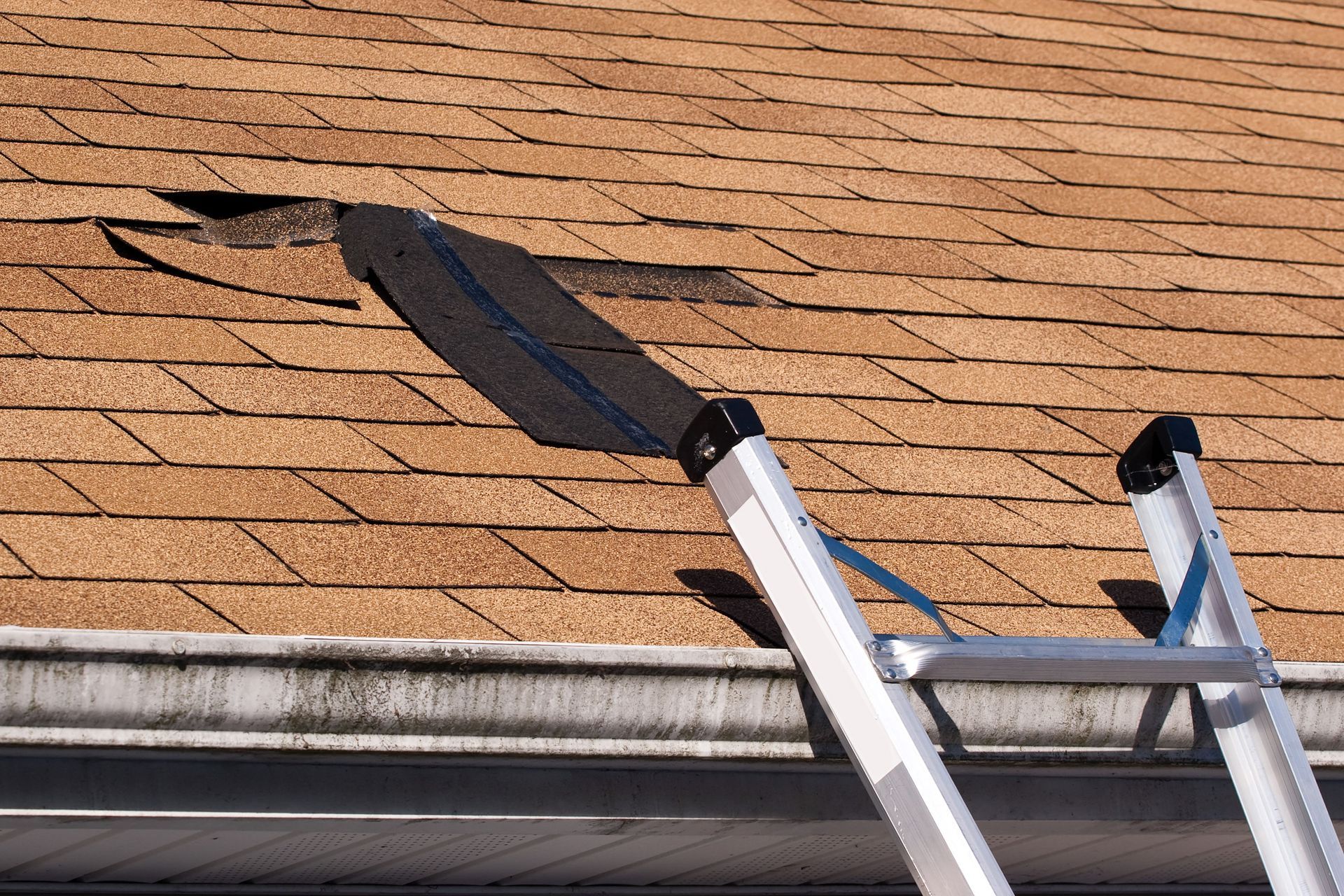
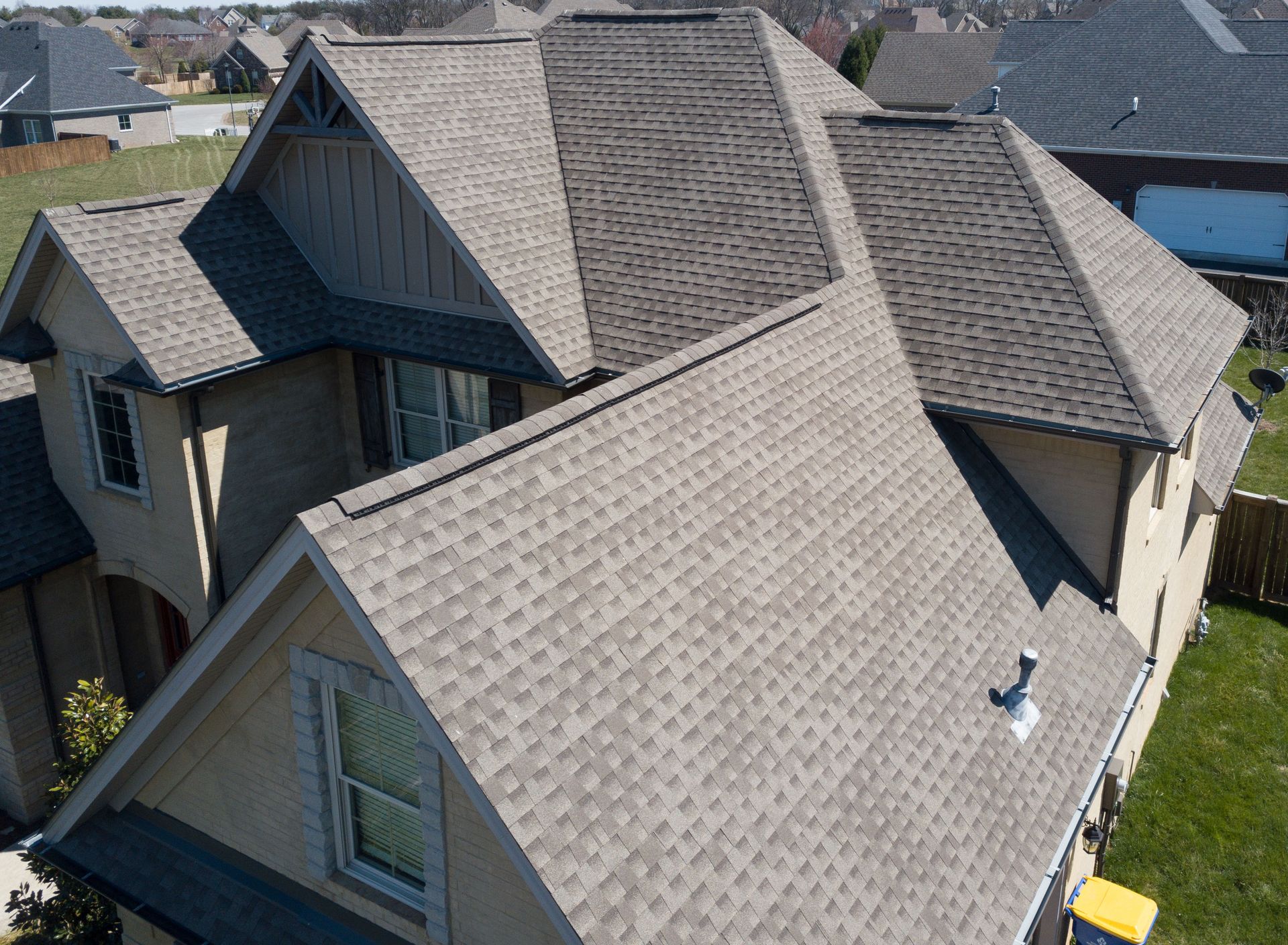
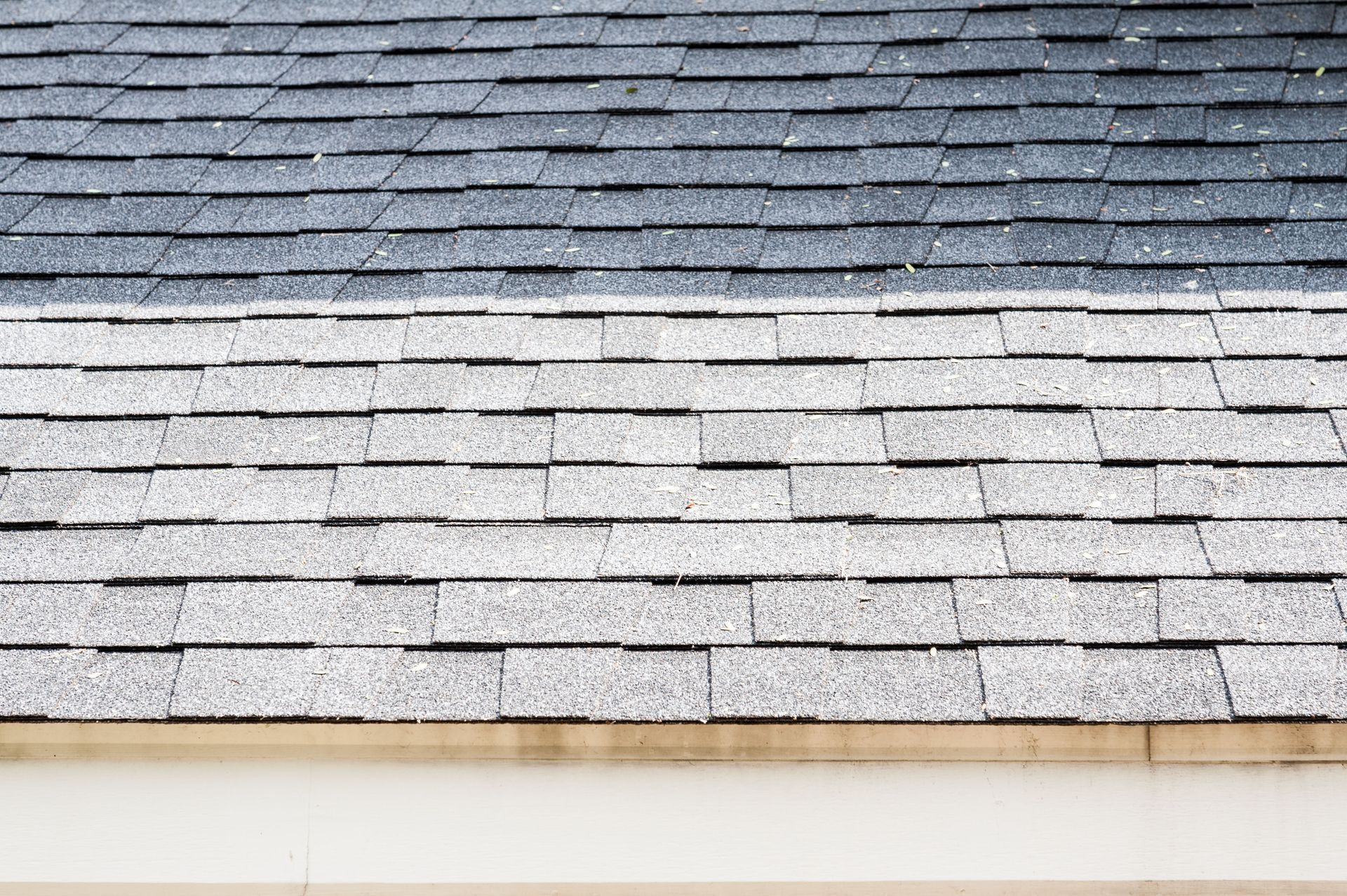
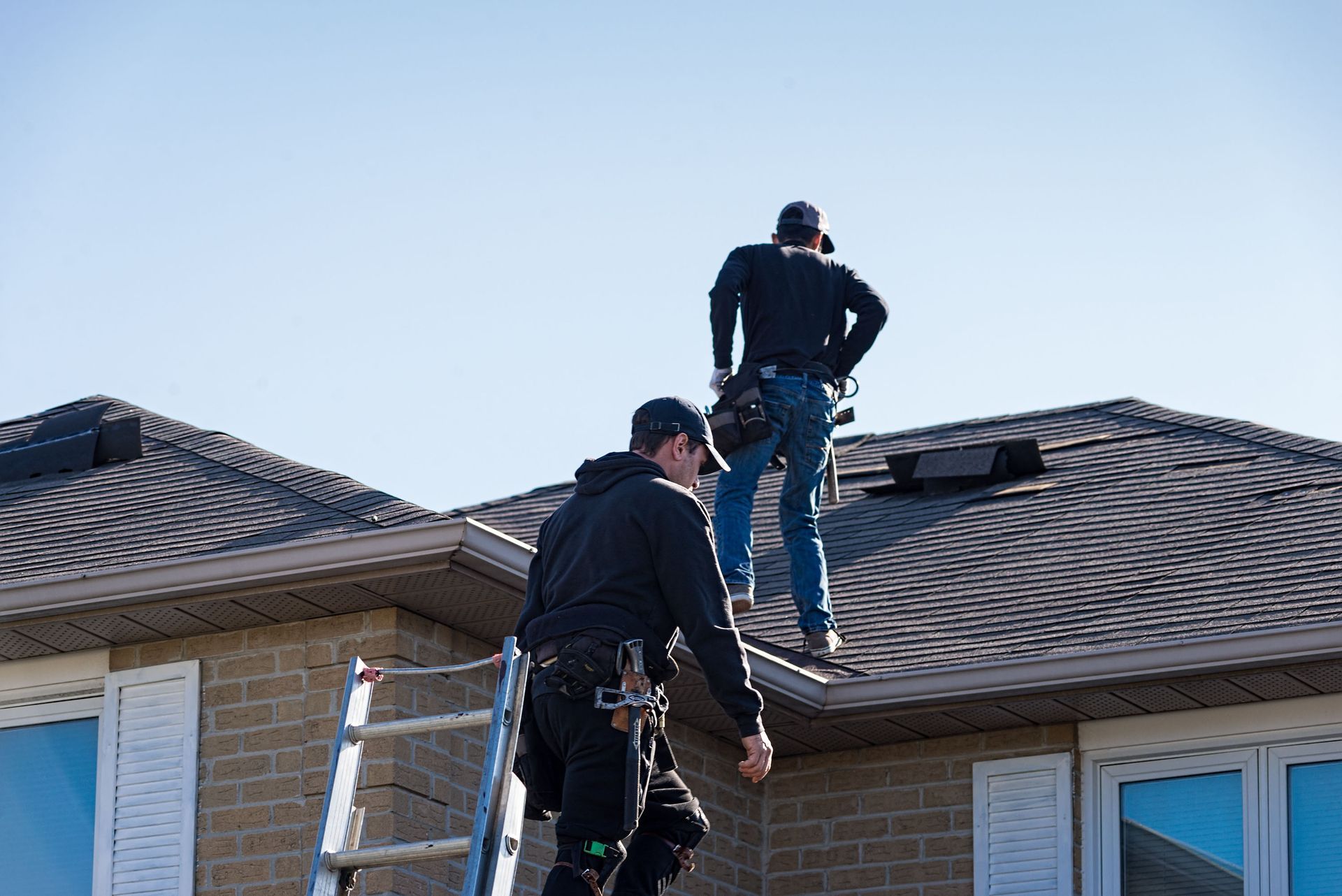
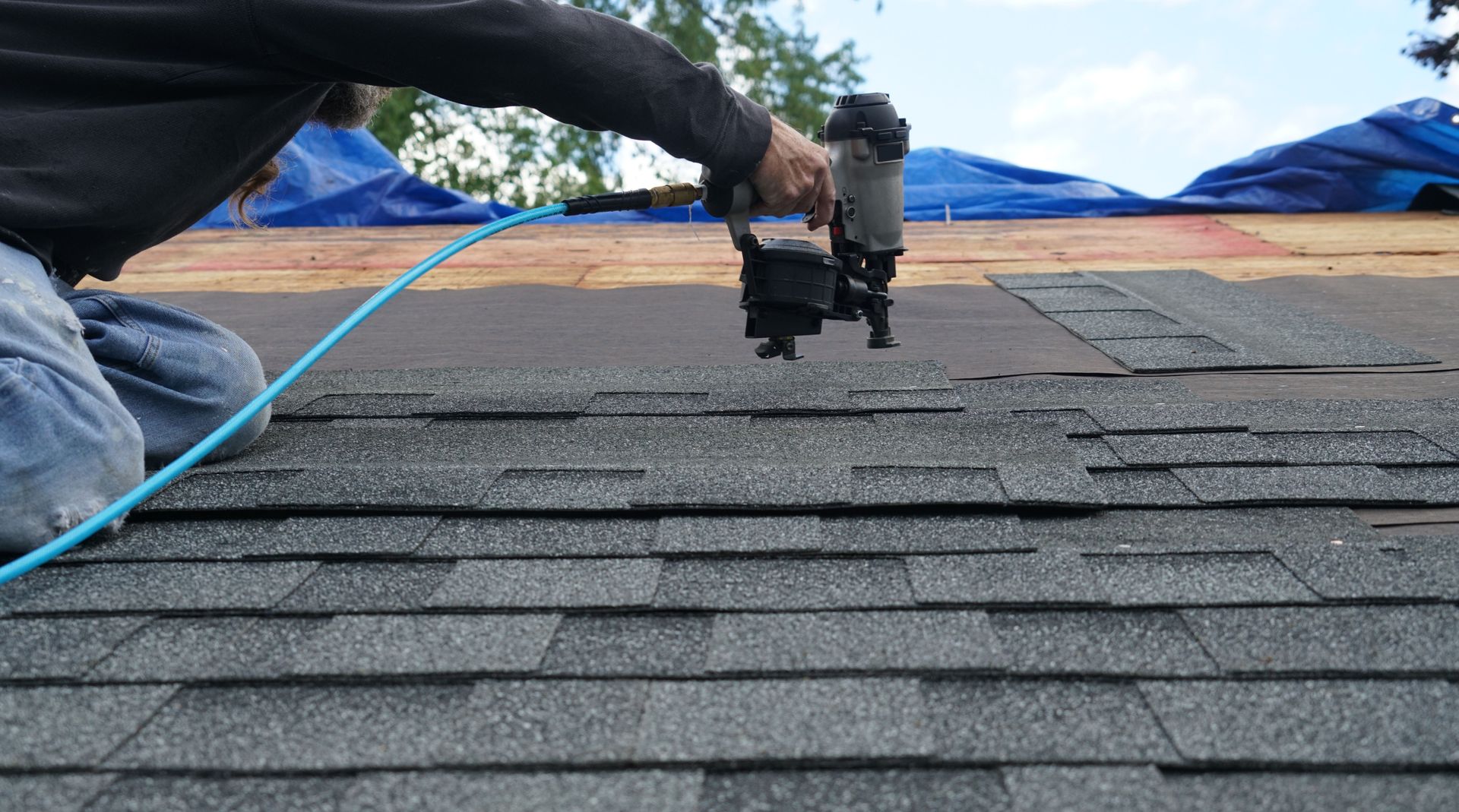
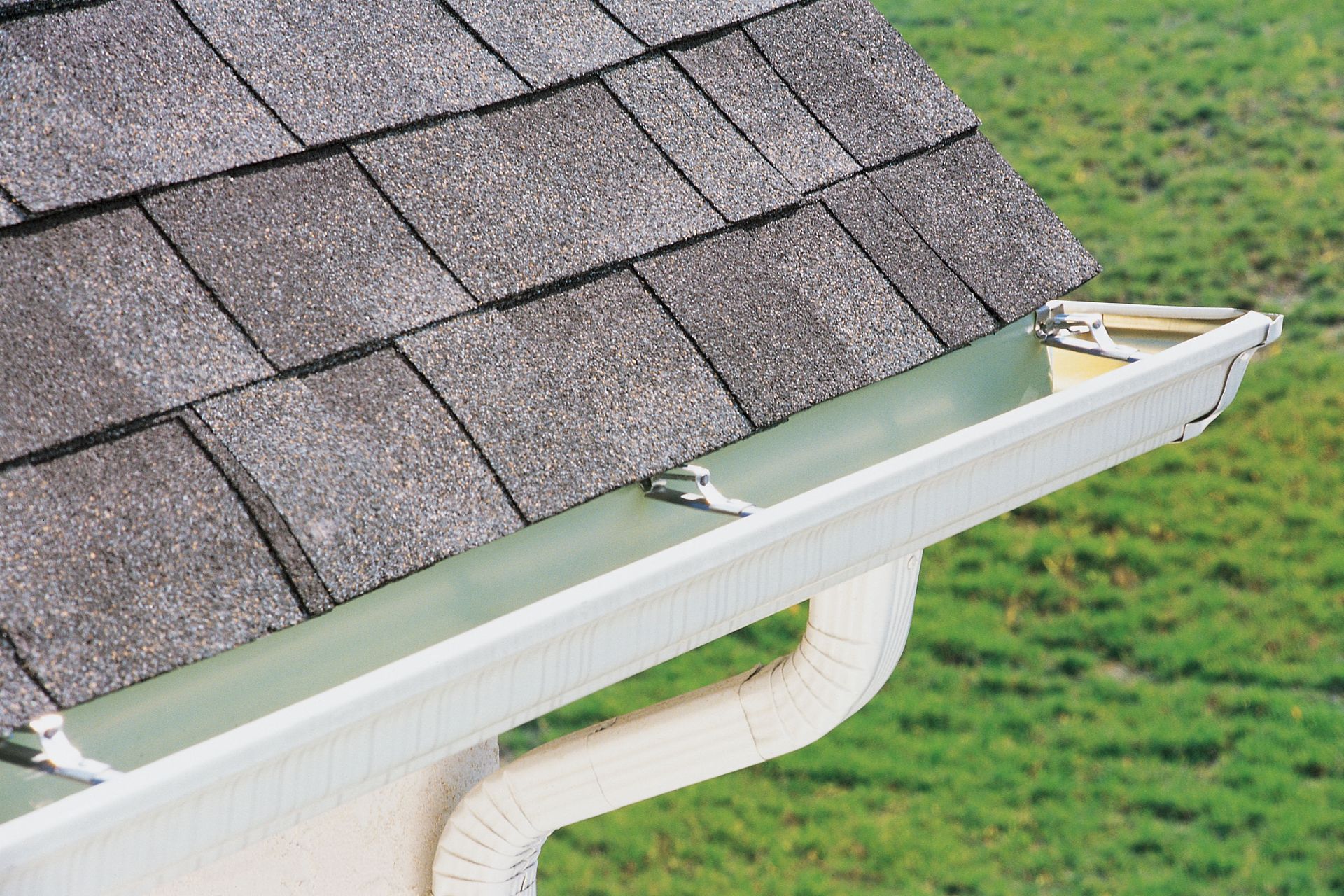
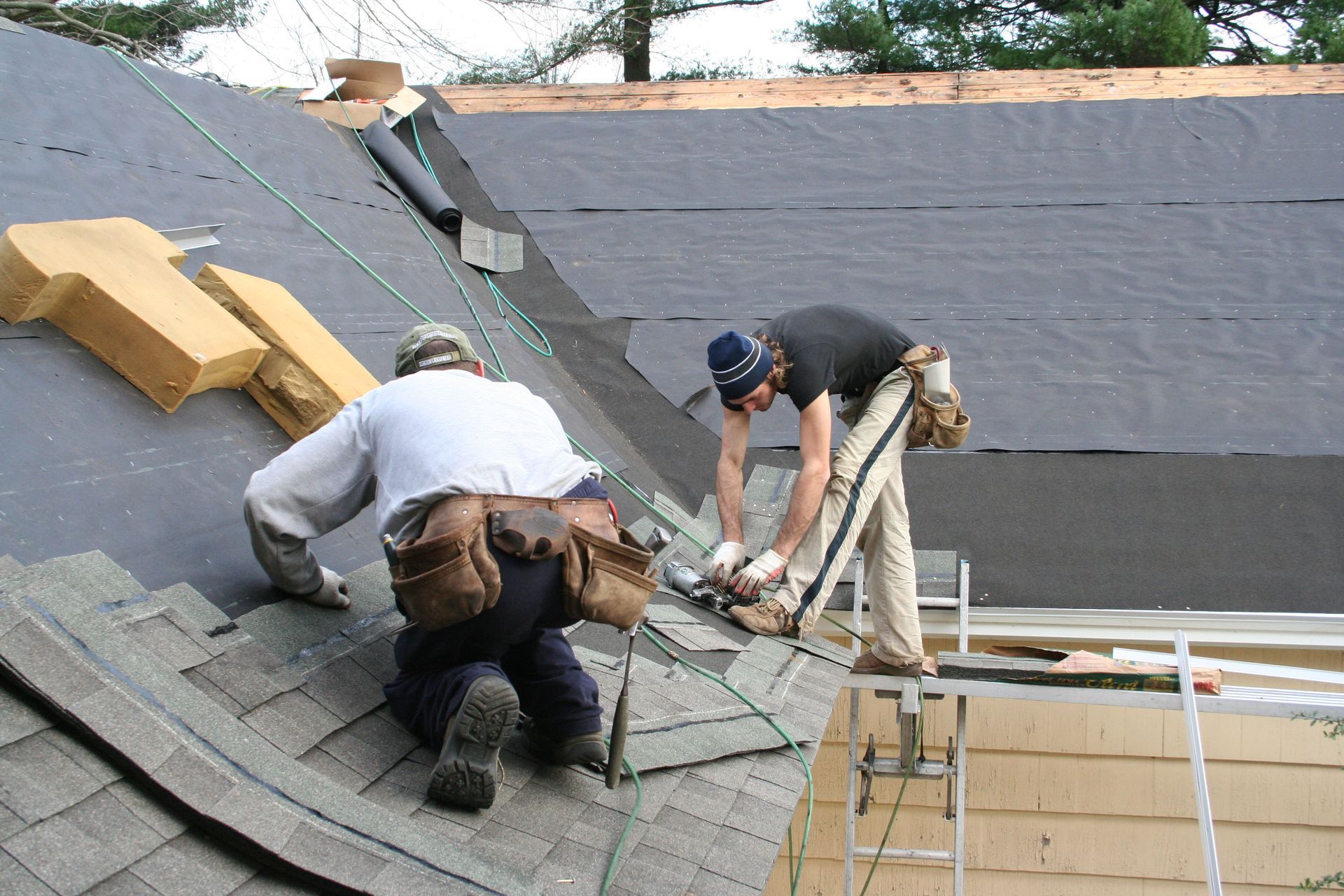
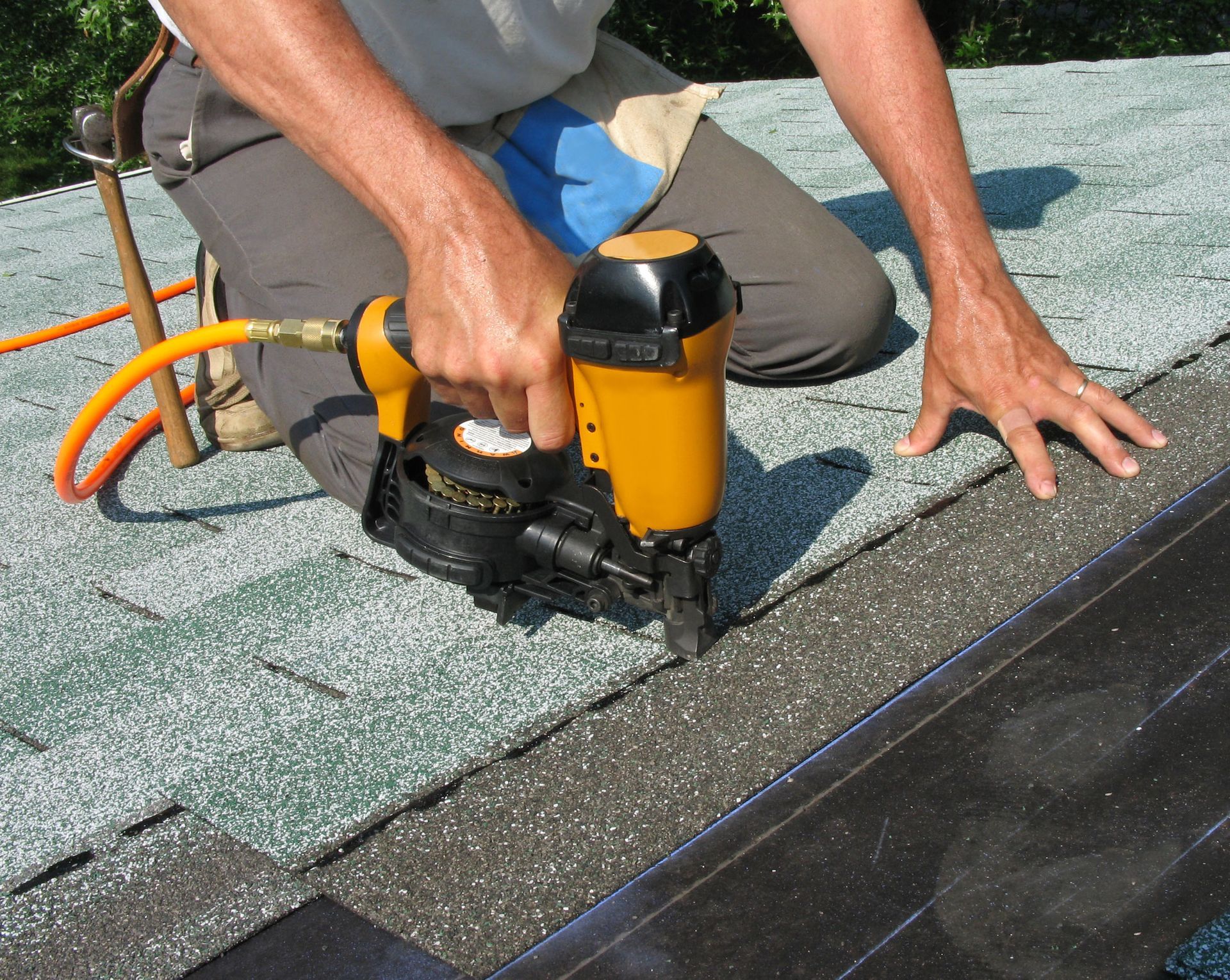
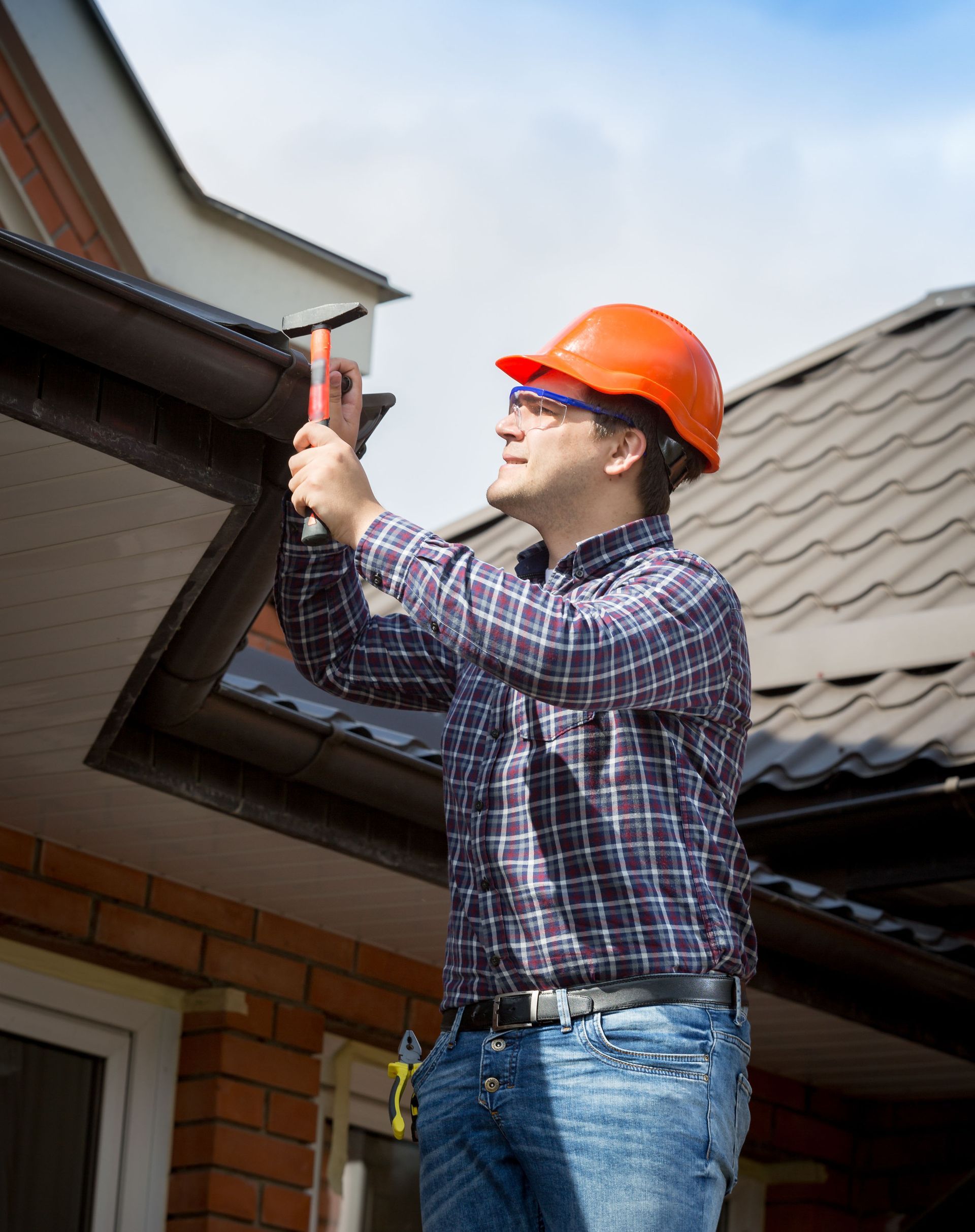
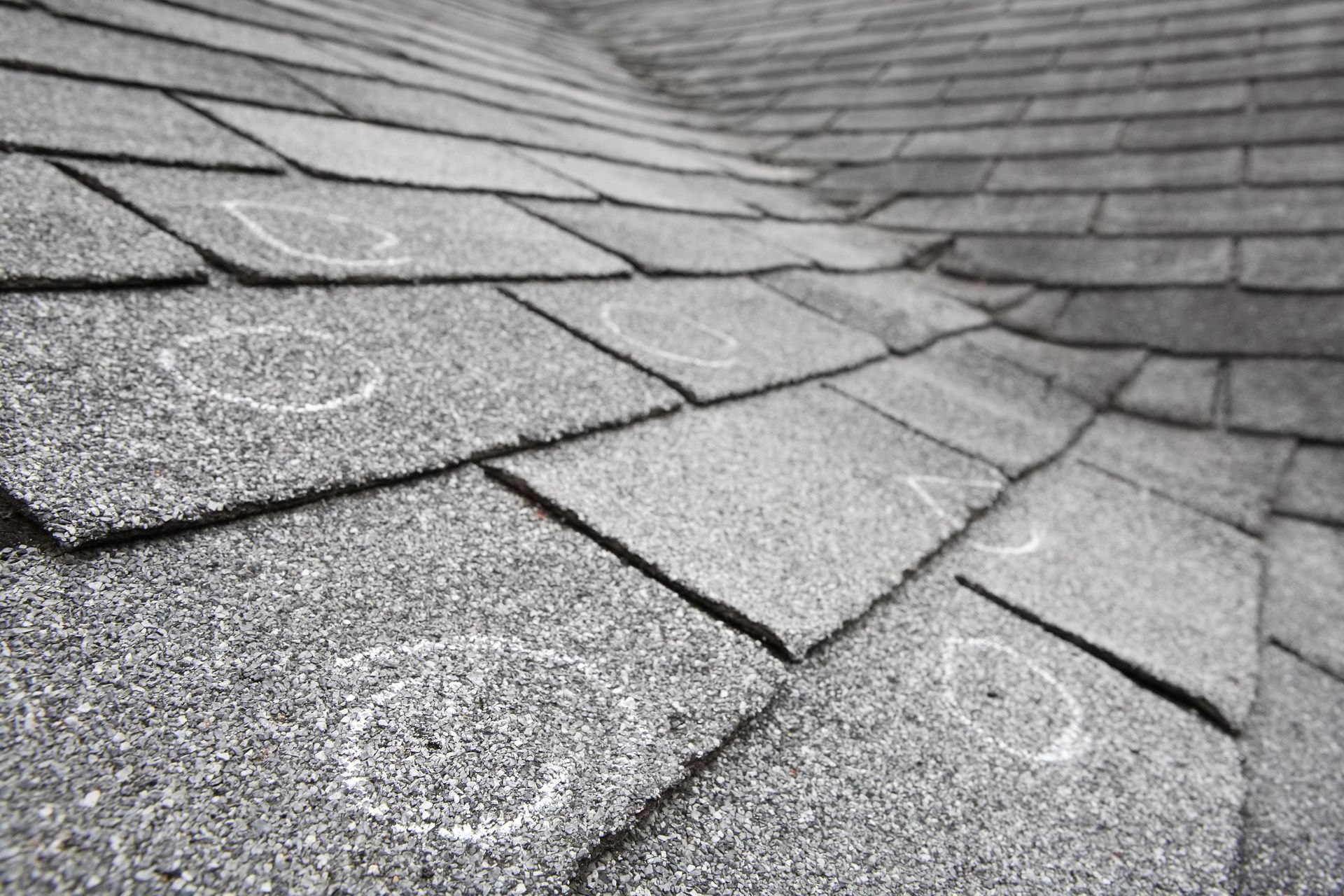



Share On: